15 Things Boomers Remember About Visiting the Doctor’s Office

Take a whimsical trip back to the days when a visit to the doctor’s office was a full-on adventure—equal parts mystery, mild terror, and unexpected delight.
Remember that oddly comforting smell of antiseptic and paper gowns? Or the fish tank in the waiting room that somehow made everything feel a little more magical (and slightly less terrifying)? These were the days when tongue depressors doubled as swords, and the highlight of the visit was nabbing a sticker or a lollipop as a badge of bravery.
The doctor’s office had its own strange rhythm: the rustle of paper sheets on the exam table, the hum of outdated medical equipment, and those wall charts that made anatomy look like a sci-fi alien map.
In this nostalgic roundup, we’re celebrating all the quirky, endearing details that made going to the doctor a weirdly wonderful rite of passage. Ready for your dose of retro? Let’s begin!
1. The Smell of Rubbing Alcohol and Band-Aids

Nothing quite like the sharp, unmistakable scent combo of rubbing alcohol and Band-Aids to signal that someone’s about to poke you. I remember walking into the doctor’s office, and boom! That smell hit you like a wall. It’s the olfactory equivalent of hearing the Jaws theme—instant dread.
Yet, somehow it was also strangely reassuring. That scent meant someone was here to fix you up, to make it all better. It stuck with you, like a slightly unsettling perfume. Even now, I can’t catch a whiff of rubbing alcohol without being transported back to those antiseptic waiting rooms.
It’s almost as if the smell had a personality of its own, whispering, “Don’t worry, we’ve got this under control… but it might sting a bit.” You’d sit there, gripping the armrest, knowing full well what was coming. It was all part of the experience. And what an experience it was!
2. The Wooden Tongue Depressor That Felt Like Sandpaper

Say “ahhh,” and out came the wooden tongue depressor that felt like it had been sanded by someone with a grudge. These little wooden swords were always weirdly warm, as if they’d been sunbathing in their glass jar for hours.
I remember trying not to gag as the doctor gently pressed it on my tongue, all while thinking it could use a good coat of varnish. The taste was unforgettable—woodsy, with a hint of bitter medicine. It was like licking a lumberjack’s workbench.
This humble piece of wood had a knack for bringing tears to your eyes, not from pain but from the awkwardness of holding your breath and resisting the urge to cough. It was a rite of passage, a wooden reminder that not all heroes wear capes—some hold sticks.
3. Reading Highlights Magazine in the Waiting Room

Sitting in the waiting room, I’d grab a Highlights Magazine faster than a nurse with a hypodermic needle. Goofus and Gallant taught us life’s mysteries, while hidden objects turned us into mini-detectives. It was the Olympics of waiting room entertainment.
Each page held a world of distraction, as I circled hidden objects and pondered whether I’d be a Goofus or a Gallant today. There was something comforting about those well-thumbed pages, a sense of shared adventure with the countless others who’d held them.
In an era before screens took over, those magazines were golden tickets to a land of whimsy and wonder. Sure, they were a bit tattered, but like a good story, they never aged. Highlights was the unsung hero of doctor’s offices everywhere, turning boredom into a quest.
4. Fish Tanks and Plastic Plants Everywhere
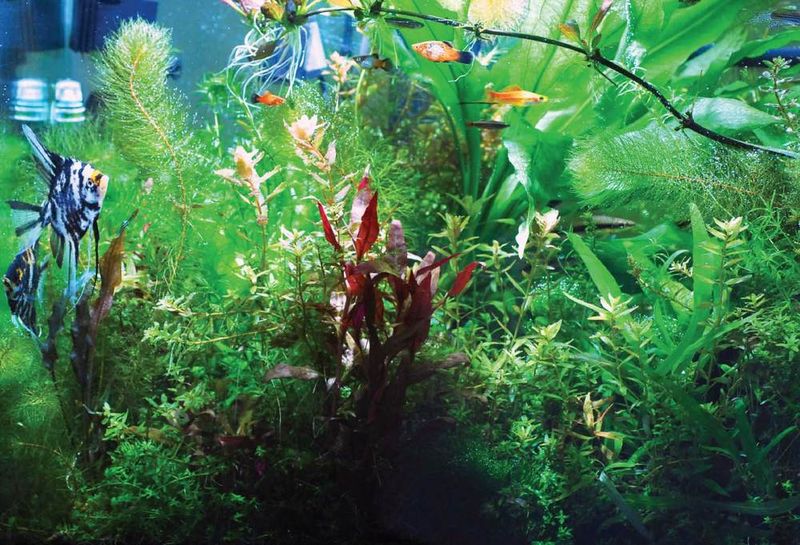
What was it about pediatricians and their love affair with fish tanks and plastic plants? Every visit felt like entering an underwater jungle, complete with faux foliage and fish that seemed to have mastered Zen.
Those plastic ferns were as much a part of the decor as the linoleum floor and fluorescent lighting. The fish, with their blasé attitude, glided around, seemingly mocking our impending check-ups with their calm demeanor.
Even the sound of the bubbling filter was oddly soothing, a gentle reminder to breathe in deeply and relax, even if for just a moment. It’s as if every doctor believed a bit of marine life could cure all woes or at least distract us long enough to forget them.
5. Getting a Sugar-Free Lollipop or a Sticker If You Were “Brave”
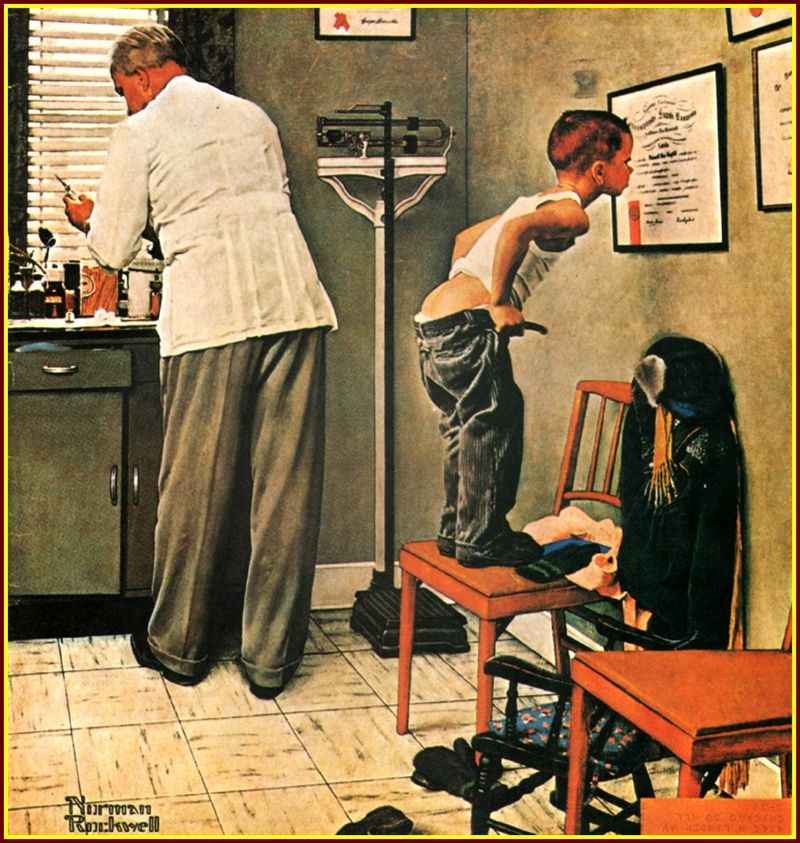
Enduring a shot was tough, but the promise of a sugar-free lollipop or sticker made it bearable. Who could resist fruit-flavored cardboard on a stick? I wore those stickers like badges of honor, proof of my bravery in the face of medical adversity.
Each lick of the lollipop was a reward for surviving the needle’s sting, a sweet (if slightly bland) reminder that I’d conquered the doctor’s office once again. The sticker, often a smiling sun or superhero, was my trophy, proudly displayed on my shirt for all to see.
The irony of a sugar-free lollipop wasn’t lost on us kids, but it didn’t matter. It was less about the taste and more about the achievement, the tangible evidence of our toughness. We were little warriors, armed with stickers and lollipops.
6. That Giant Floor Scale With the Sliding Metal Weights
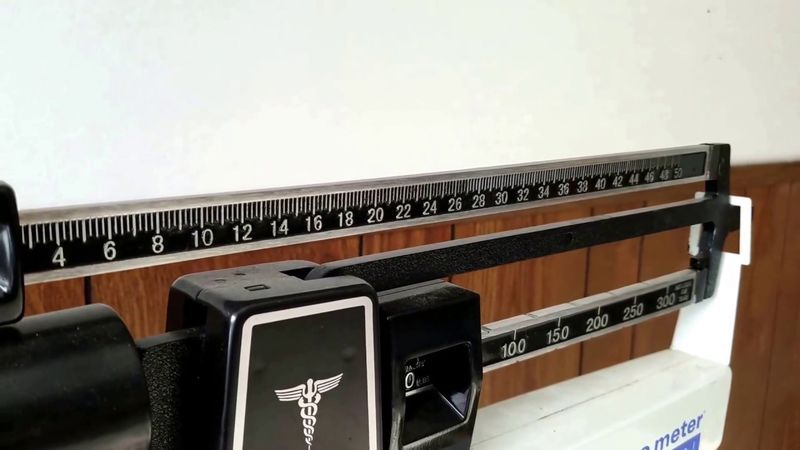
No digital nonsense for us! The giant floor scale with its clunky sliding metal weights was a marvel of physics and silent judgment. Standing on it felt like an event, as the nurse adjusted the weights with the precision of a safecracker.
I’d hold my breath, hoping I’d somehow grown taller or weighed less since my last visit. The clank of the weights sliding into place was the sound of inevitability, the truth revealed in metal and gravity.
It was a dance of numbers and balance, a ritual we all endured. In a world before instant gratification, this was how we measured growth—literally. The scale didn’t lie, but it gave us something tangible to aspire to, a benchmark of our ever-growing selves.
7. The “Ice-Cold” Stethoscope
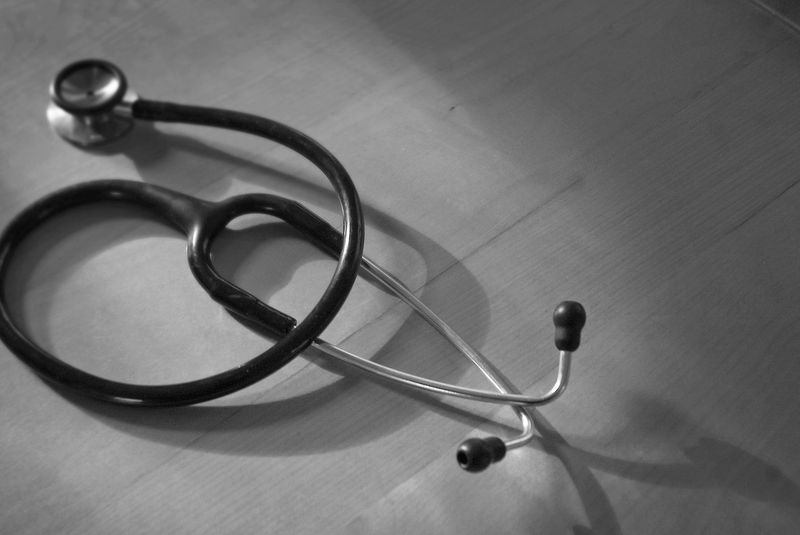
The infamous “ice-cold” stethoscope—a rite of passage for every doctor’s visit. It was as if they stored them in a freezer until needed, waiting to surprise unsuspecting patients with a chill that made you sit up a little straighter.
I remember the doctor’s reassuring words, “This might be a bit cold,” as if that could prepare anyone for the Arctic blast that followed. It was a test of endurance, a moment that tested both patience and skin resilience.
Despite the cold, there was something comforting in its ritual, the rhythmic thump of your own heartbeat in your ears, the gentle reminder of life’s steady march. Somehow, it all felt right, the cold a small price to pay for knowing you were being cared for.
8. The Crinkly White Paper on the Exam Table

Ah, the crinkly white paper on the exam table—a sound as synonymous with doctor visits as the beep of a heart monitor. The rrrrrip every time you shifted was a symphony of awkwardness, a reminder of your presence on the medical stage.
It was always weirdly damp underneath, as if the paper absorbed the anxiety of every patient before you. Yet, there was comfort in its predictability, a constant in an ever-changing world of medical marvels.
Each visit was a performance, and the paper was the silent witness, recording every movement, every breath. It was both a barrier and a bridge, separating you from the cold, hard table while connecting you to countless others who’d sat there before.
9. The Mysterious Otoscope
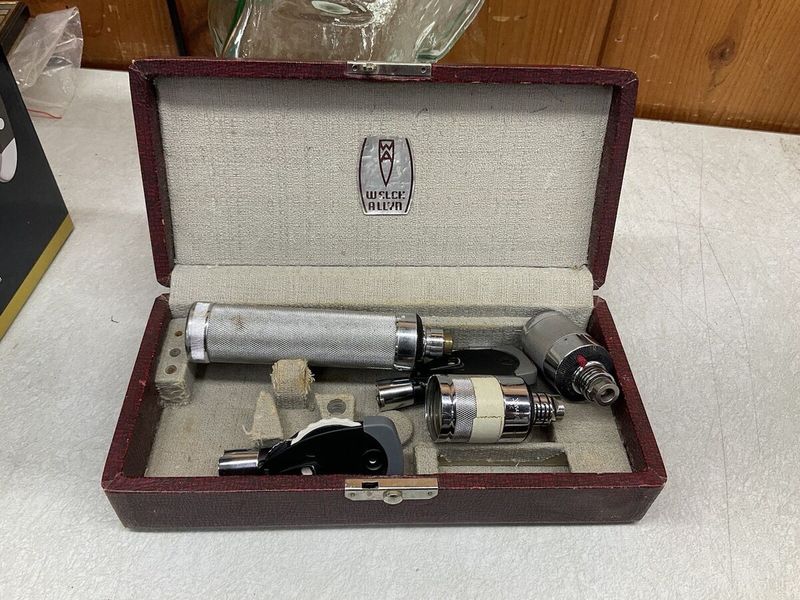
The otoscope, that flashlight-in-your-ear device, always seemed like a tool of mystery. I half-expected the doctor to announce they’d discovered my hidden thoughts or secret dreams.
As a kid, it was fascinating to imagine what they could see in there. Perhaps a tiny cityscape or a map of my inner world? The otoscope was the key to unlocking those possibilities, a magical lens into the unknown.
Despite its mystery, it was oddly reassuring. Knowing the doctor could see into places you couldn’t made you feel a little safer, a little more understood. It was a reminder that sometimes, it’s okay to let someone else take a peek into your world.
10. Doctor’s Handwriting No One Could Read
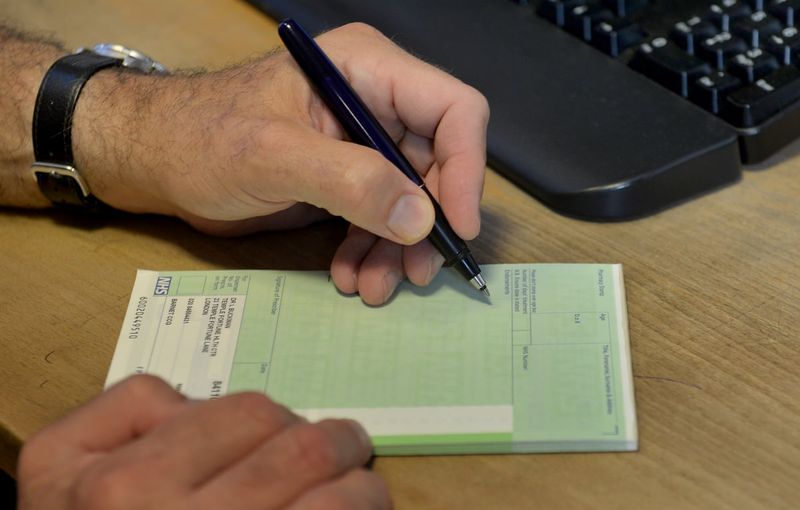
Doctor’s handwriting—more cryptic than hieroglyphics, more elusive than Bigfoot. I remember watching prescriptions being written, the pen dancing across the pad, leaving a trail of mysterious squiggles.
It seemed like an art form, a secret code only pharmacists could decipher. How they managed to translate those marks into life-saving instructions is still beyond me. It was a testament to their superpowers, reading what looked like the aftermath of a minor earthquake.
In a way, it added to the mystique of the medical world, a reminder that some things were still beyond understanding. It was comforting to know that while I may never master this script, there were those who could, decoding the indecipherable with a knowing smile.
11. Metal Syringe Trays and Glass Thermometers
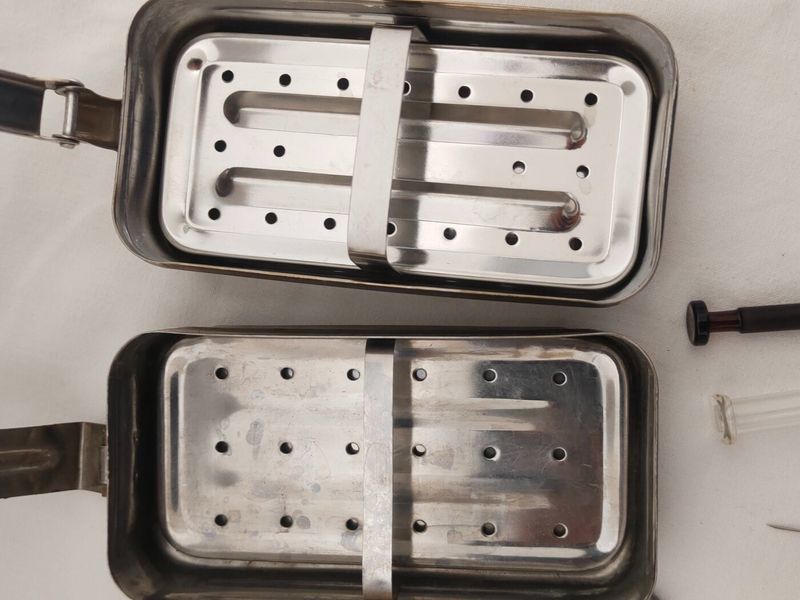
Step into a time when everything in the doctor’s office seemed to come from a WWII hospital drama. The metal syringe trays and glass thermometers were no exception, shining with a sterile gleam.
These were the days before plastic took over, when instruments felt weighty and significant. The clatter of a tray or the cool touch of a glass thermometer was all part of the experience, a reassuring presence in an otherwise bewildering world.
There was something timeless about them, a connection to the past and a promise of care. They were relics of a different era, when medicine felt both more tangible and a little more magical, a bridge between the old and the new.
12. The Wooden Height Chart on the Wall

Standing tall against the wooden height chart on the wall was a moment of pride. Barefoot and eager, I’d stretch up on tiptoes, trying to convince the nurse I’d grown an inch since last week.
The chart was a silent witness to our growth, a record of our journey from child to young adult. Each line marked a milestone, a testament to our ever-changing selves. It was both a challenge and a celebration.
The act of measuring was a ritual, a moment that connected us to the past and future. In that simple act, we were reminded of time’s passage, of the inevitability of change. It was a small moment, but one that held so much meaning.
13. Doctors Making House Calls (Yes, Really!)
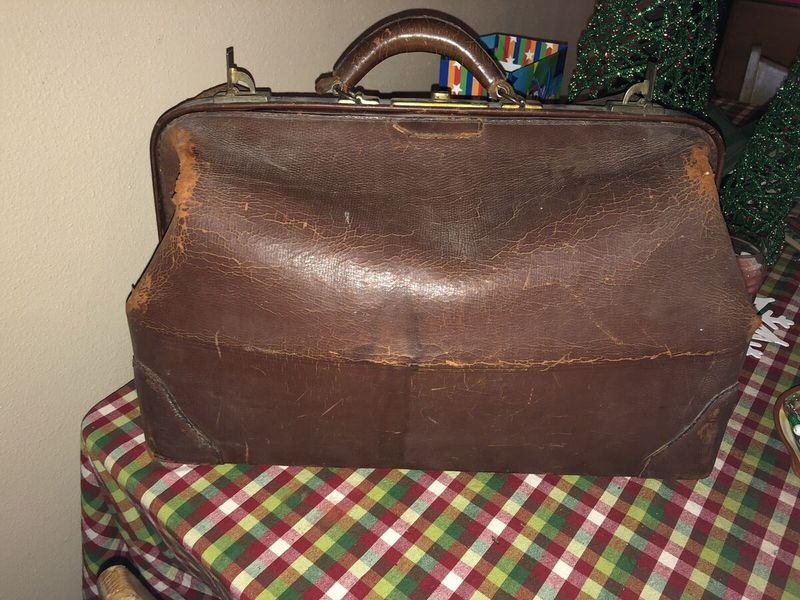
Believe it or not, there was a time when doctors made house calls, arriving with a bag and stethoscope like a medical Mary Poppins. The doorbell would ring, and there they’d be, ready to diagnose and cure with a reassuring smile.
It was a time when medicine felt personal, when the doctor knew your family and your story. The house call was a testament to their dedication, a reminder that care wasn’t confined to an office.
These visits were special, a blend of comfort and care that is rare today. It was a connection to a simpler time, when a doctor’s presence was all you needed to feel better.
14. The Massive Shot Needles
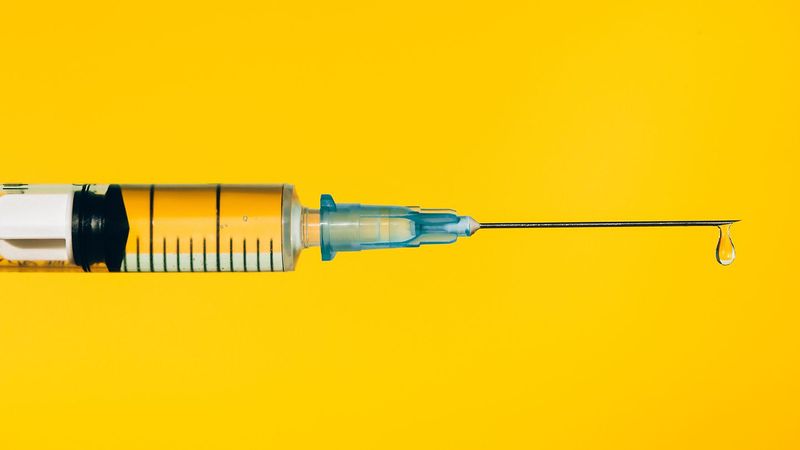
Few things strike fear into the hearts of children like the sight of a massive shot needle. Thicker than your pinky, or so it seemed, these needles were legendary for their sting.
I remember the anticipation, the sound of the syringe being prepared, the way time seemed to slow as the needle approached. It was an ordeal, a test of bravery that no sticker or lollipop could fully erase.
And yet, it was a rite of passage, a moment of shared experience that bonded us all. We were warriors in our own right, facing the giant needle and living to tell the tale.
15. Sitting in the Backseat All the Way Home, Bragging About “Being Tough”

The ride home was a victory lap, where tales of bravery were spun in the backseat. I’d recount the ordeal, proudly displaying my lollipop and sticker like trophies of war.
It didn’t matter if I’d shed a tear or two; surviving the doctor’s office was an achievement worth celebrating. The sweet taste of the lollipop was a reminder of my courage, while the sticker proclaimed it to the world.
Those rides were filled with triumph and relief, a moment to reflect on the day’s adventure and plan for future conquests. It was a time to sit back, enjoy the spoils, and bask in the glory of being tough.
